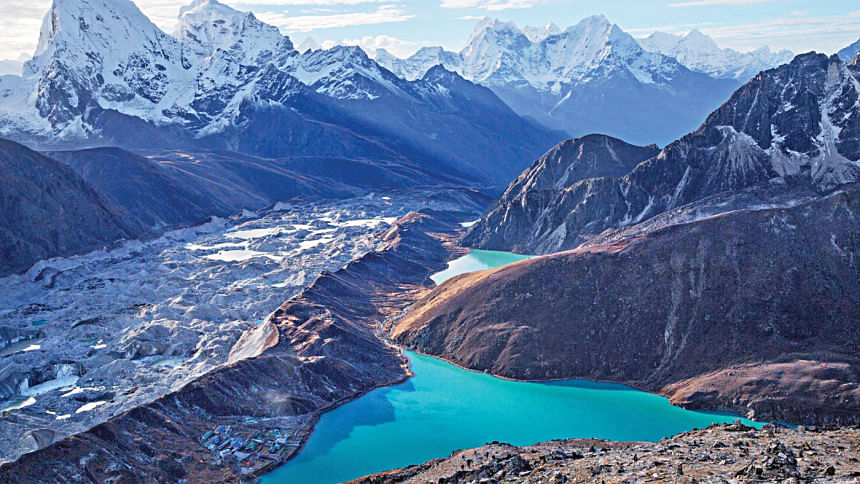Asia’s rivers under ‘great threat’

A glacial burst that triggered a deadly flash flood in the Indian Himalayas at the weekend was a disaster waiting to happen, and one likely to be repeated in a region transformed by climate change and unchecked infrastructure development, experts warn.
Asia is home to some of the world's biggest waterways, from the Ganges and the Indus in India to the Yangtze and Mekong originating in China, that snake for thousands of kilometres.
They support the livelihoods of vast numbers of farmers and fishermen, and supply drinking water to billions of people, but have come under unprecedented pressure in recent years.
Higher temperatures are causing glaciers that feed the rivers to shrink, threatening water supplies and also increasing the chances of landslides and floods, while critics blame dam building and pollution for damaging fragile ecosystems.
"Rivers are really at risk from development projects, dumping of solid waste and liquid waste, sand mining and stone mining," Himanshu Thakkar, from the South Asia Network on Dams, Rivers and People, told AFP.
"Climate change is a longer-term process that has already set in. The impacts are already happening.
"So in every respect, rivers are under greater threat."
The disaster in India was apparently triggered by a glacial burst, that unleashed a wall of water which barrelled down a valley in Uttarakhand state, destroying bridges and roads and hitting two hydroelectric power plants.
Till yesterday 31 people have been confirmed killed and more than 170 others are missing after the accident on the Dhauliganga river, which feeds into the Ganges.
It is not yet clear what damaged the glacier and triggered the accident, but there are suspicions that construction of hydro-power projects -- in an area that is highly seismically active -- may have contributed.
"This area is prone to vulnerability, it is not appropriate for this kind of bumper-to-bumper hydro-power development," Himanshu said.
Patricia Adams, executive director from Canada-based environmental NGO Probe International, said dam building in such an area was simply too dangerous, as it makes hillsides unstable and causes landslides.
A major study in 2019 suggested the region reliant of the Hindu Kush Himalayan (HKH) mountain system faces more frequent extreme climate events in coming decades due to irreversible changes there, the largest source of fresh water after the two poles.
More than a third of the ice in the HKH mountain range will melt by 2100, even if governments take necessary measures to limit global warming under the 2015 Paris climate agreement to 1.5 degree Celsius, the assessment said.
Glaciers in the HKH region are critical water source for the 250 million people who live there, and 1.65 billion people who rely on the great rivers that flow from it.

 For all latest news, follow The Daily Star's Google News channel.
For all latest news, follow The Daily Star's Google News channel. 



Comments